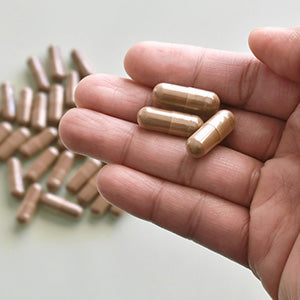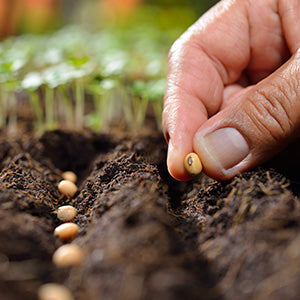10 Healthy Vegetables
 When most of us sit down to plan out dinner, we generally focus of combining ingredients for flavor, texture, and other culinary qualities, But knowing what these ingredients have to offer is a good first step towards preparing meals that are not only delicious, but nutritionally beneficial as well. Here are 10 vegetables with great health benefits you can use individually...or combine into a great salad!
When most of us sit down to plan out dinner, we generally focus of combining ingredients for flavor, texture, and other culinary qualities, But knowing what these ingredients have to offer is a good first step towards preparing meals that are not only delicious, but nutritionally beneficial as well. Here are 10 vegetables with great health benefits you can use individually...or combine into a great salad!
Best Healthy Vegetables to Eat
1. Leafy Greens
Ounce-for-ounce, leafy green vegetables are some of the most nutritionally dense foods on the planet. These include spinach, green (and red) lettuce, kale, Swiss chard, and parsley, as well as mustard and collard greens. In addition to being a great source of vitamins B, C, E, and K, leafy greens are also rich in dietary iron, calcium, magnesium, and potassium.
2. Cruciferous Vegetables
Broccoli, Brussels sprouts, cauliflower and cabbage — these are the classic veggies that kids love to hate. They might be an acquired taste, but learning to enjoy these funny looking foods is worth the effort. They contain many of the same vitamins and minerals that make leafy greens so beneficial, plus folic acid and other immune-boosting compounds.
3. Carrots
Besides their bright colors and naturally sweet taste, carrots contain a number of important cancer-fighting compounds. These include large amounts carotenoids, as well as vitamins B, C, and K. When eaten raw, carrots are also a great source of folate and essential dietary fiber.
4. Onions and Other Allium Bulbs
Flavorful bulbs, such as red, yellow and white onions, have long been known for their natural tendency to qualm redness and swelling. Onions, and related bulbs, such as garlic, shallots, scallions, and leeks, are also highly regarded for their ability to naturally enhance immune function.
5. Yams and Sweet Potatoes
While not technically the same thing, many people use the terms "yam" and "sweet potato" interchangeably. Regardless, both are an excellent source of fiber and carbohydrates, as well as vitamins B and C. True sweet potatoes, more specifically, are also a good source of iron and vitamin A.
6. Beans, Peas, and Legumes
In addition to being an excellent source of dietary fiber, legumes also contain some of the highest concentrations of protein found in any edible plant. Many people have a strong gastrointestinal response to legumes – especially when undercooked – so plan ahead. Dry beans, for example, generally need to soak overnight before being cooked.
7. Summer and Winter Squash
Squashes, both summer and winter varieties, are good sources of vitamins A and E, and potassium. Like leafy greens and legumes, most winter squash is also very rich in dietary fiber.
8. Eggplant
Purple-skinned varieties of eggplant are a good source of antioxidants and can help slow down the formation of free radicals. They are also a good source of potassium and folic acid.
9. Bell pepper
Not only are bell peppers colorful and delicious, their nutritional content contains a little bit of everything. This includes dietary fiber, manganese and potassium; plus vitamins A, B, C, and K.
10. Tomatoes
Technically, tomatoes are a fruit but still qualify as a vegetable for most culinary purposes. In addition to being a good source of vitamins A and C, tomatoes are rich in lycopene, a potent natural antioxidant. Regular consumption has also been shown to reduce the risk of both prostate and breast cancer, in men and women, respectively.
†Results may vary. Information and statements made are for education purposes and are not intended to replace the advice of your doctor. If you have a severe medical condition or health concern, see your physician.

Dr. Edward Group, DC
FOUNDER | HEALER | ADVOCATEDr. Group, DC is a healer and alternative health advocate, and an industry leader and innovator in the field of natural health who is dedicated to helping others. He is a registered doctor of chiropractic (DC), a naturopathic practitioner (NP), and proud alum of Harvard Business School and MIT Sloan School of Management. Dr. Group, DC is the founder of Global Healing – a mission and vision he has shared through best-selling books and frequent media appearances. He aims to spread his message of positivity, hope, and wellness throughout the world.










